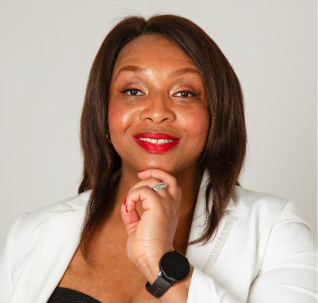Beauty is a function of consensus. To determine that something possesses beauty, it must align with socially-accepted criteria for beauty.
In the Beauty Myth, Naomi Woolf writes that beauty is not a function of evolution, sex, gender, aesthetics or God, yet “women must embody it and men must want to possess women who embody it. This embodiment is an imperative for women, not for men. . . Strong men battle for beautiful women and beautiful women are more reproductively successful. Women’s beauty must correlate to their fertility.”
Norms are set to favour men in male-dominant societies, and men set the status-quo overtly or covertly through collective and individual myths found in various facets of society. Beauty is one of such myths.
“It is about men’s institutions and institutional power. The qualities that a given period calls beautiful in women are merely symbols of the female behaviour that period considers as desirable: The beauty myth is . . . prescribing behaviour and not appearance,” writes Woolf.
Changing standards
Indeed, beauty standards have changed throughout the centuries. The ideal female form was fleshy in most pre-modern Western societies. Thinness indicated impoverishment. This Western acceptance of fat is evident from observing paintings and sculpting from the Early Renaissance down to the 19th century.
However, somewhere down the line, society started demanding that women have thin, cinched waists that widened into ample hips. This brought about the use of corsets and crinolines. White men were fascinated to see two African women who met that beauty standard without the use of crinolines. Sarah Baartman became a circus show owing to this awe. This fascination, and possible fetishisation, might have been how the Western world judged Josephine Baker’s performances in Paris.
Institutionalised beauty caters to the desires and appetites of the male gaze. Women who epitomise the ideal feminine beauty are bestowed with “pretty privileges” that give them an advantage over women who fall short of the conventional beauty in the patriarchal societies in which they navigate. The same insistence on women’s physical beauty does not extend to men. A chapter from Buchi Emecheta’s The Joys of Motherhood reads: “A man is never ugly.” A different metric system appraises men’s desirability.
Our idea of beauty turned on its head in the wake of cultural imperialism. Black people began adopting the white version of beauty. This whitewashed beauty laid emphasis on thinness, fair skin, a narrow, pointed nose, and long, straight sleek hair (considered “good hair”).
Eurocentric ideals
Ngozi Akinro and Lindani Mbunyuza-Memani in their 2019 article Black Is not Beautiful: Persistent Messages and the Globalisation of White Beauty in African Women’s Magazines investigate how African magazines prioritise Eurocentric beauty ideals. They made a case study of four African magazines based in South Africa and Nigeria: Drum, True Love, Genevieve, and New African Woman. They examined issues of the magazines published between 2010 and 2015 and focused on the magazine’s covers, which were meant to persuade buyers to purchase issues.
Akinro and Mbunyuza-Memani analysed hair types, skin tones, and body sizes represented on the magazine covers where women were the main image. Their analysis included 376 magazine covers.
They identified four hair types: straightened or store-bought weaves, natural black hair, African braids, and cropped afros. They found out 72 per cent of the women on the magazine covers had straight or store-bought hair that resembled white women’s hair, while 10 per cent had natural hair; nine per cent had braids, and the rest had low cuts.
Scrutinising skin tone, about 60 per cent had medium skin tone, 30 per cent had light skin tone, and 9 per cent had a dark skin tone. They also suggested that lighting and picture edits might have resulted in the models having lighter skin on the magazine covers.
When it came to body size, 71 per cent of the models were thin/slim, medium-sized women were shown 18 per cent of the time, and plus-sized women constituted 11 per cent of covers.
Insidious messages
The insidious ways white versions of beauty are foisted on black women slip into the subconscious thereby urging women to chase unattainable notions of beauty that veer off reality. The boom and boon enjoyed by the bleaching and hair-relaxing cream industry in Africa testify to this. Statistics compiled by the World Health Organisation in 2011 revealed that 40 per cent of African women bleach their skin.
Lateef Odegbenle, a TV producer, told AWiM News that the media is not immune to this phenomenon.
“Some media houses prefer their presenters to be fairer in complexion. They even use lighting to achieve the desired effect.” confirms this.”
Supporters of skin whitening swear a lighter skin tone would make pave doors to opportunities. Set designer Mike Ilamina said: “Employers for TV and acting jobs, airline jobs, certain receptionist jobs, and even marketing jobs have certain requirements. Most of them are particular about how a person looks physically, regardless of their qualifications. Most times, they want to get a fine person. They want light-skinned people, too. They want people who would be a good representation of their brand. There are organisations that refuse to employ plus-sized people to handle some jobs. To them, being plump and big-sized means that a person is not agile. It is not that they are discriminating for bad intentions: the nature of the job calls for a person to be active.”
Fatphobia
Interestingly, fatphobia is a foreign concept, as it is inspired by the Western idea of beauty that lays an emphasis on thinness.
Pre-colonial beauty mostly lay in a woman’s ability to bear healthy children. She needed to have wide hips. Fat was not an issue at the time. Young women were sent to the fattening room in some African societies. In the absence of fattening rooms, women in some societies tied several layers of lappas to accentuate the size of their hips.
Lucy Ibe, in her early 80s who lives in the South-South of Nigeria, reminisces: “You would see women several tying lappas. Even one of my sisters would tie about five at once and her hips would be wide and big. That made her look like she was fatter than she was at the time. That was what we thought was beautiful. When I see young girls now trying to be thin, it makes me wonder what women will be doing 100 years from now.”
African standards
In a recent article for The New York Times, Norimitsu Onishi wrote that fat is the beauty ideal for women in Maradi, Niger, as in many other places in Africa.
“Among the Calabari people in South-Eastern Nigeria, brides are sent to so-called fattening rooms or fattening farms before their weddings. They are not permitted to leave the farms for a few weeks, during which their caretakers prepare copious helpings of food and massage them into a rounder shape. At the end of their stay, before the wedding, the brides are paraded in the village square so everyone can admire their fullness.”
The incidence of this practice has drastically reduced as people see it as archaic. Onishi wrote that women ingest animal feeds or livestock vitamins to gain weight, but although “the beauty concept here is the reverse of the West’s, its motivations appear the same: seeking men’s approval.”
Every culture appears to have its own version of beauty tailored to the male gaze.
“The black community has its own standard for what women should look like. It’s not more relaxed and it can be just as oppressive as the more mainstream standards. Standards for women’s bodies are predicated on the male gaze. It is, for sure, a standard that is different from the Eurocentric mainstream, but it is a standard: small waist, round booty, juicy thighs, boobies optional,” said Tami Winfrey Harris from the Clutch Magazine, as quoted on Rehema Chachage’s blog.
Motivations
Would women go all out to look “beautiful” if it did not provide some sort of social capital? Would we bother with adhering to ridiculous diets and spending hours on end at the salon? Should we make use of Photoshop and filters to achieve unrealistic shapes, sizes and projections of beauty?
As mentioned before, beauty is a function of consensus. Women constitute about half of the consensus makers. This shows it is possible to decide to express beauty individually, in ways we find healthy and comfortable. After all, beauty is but a myth.
Embracing beauty ideals dictated by the male gaze makes it seem as though we perform femininity for men’s approval. Should our lives be for men’s pleasure?



